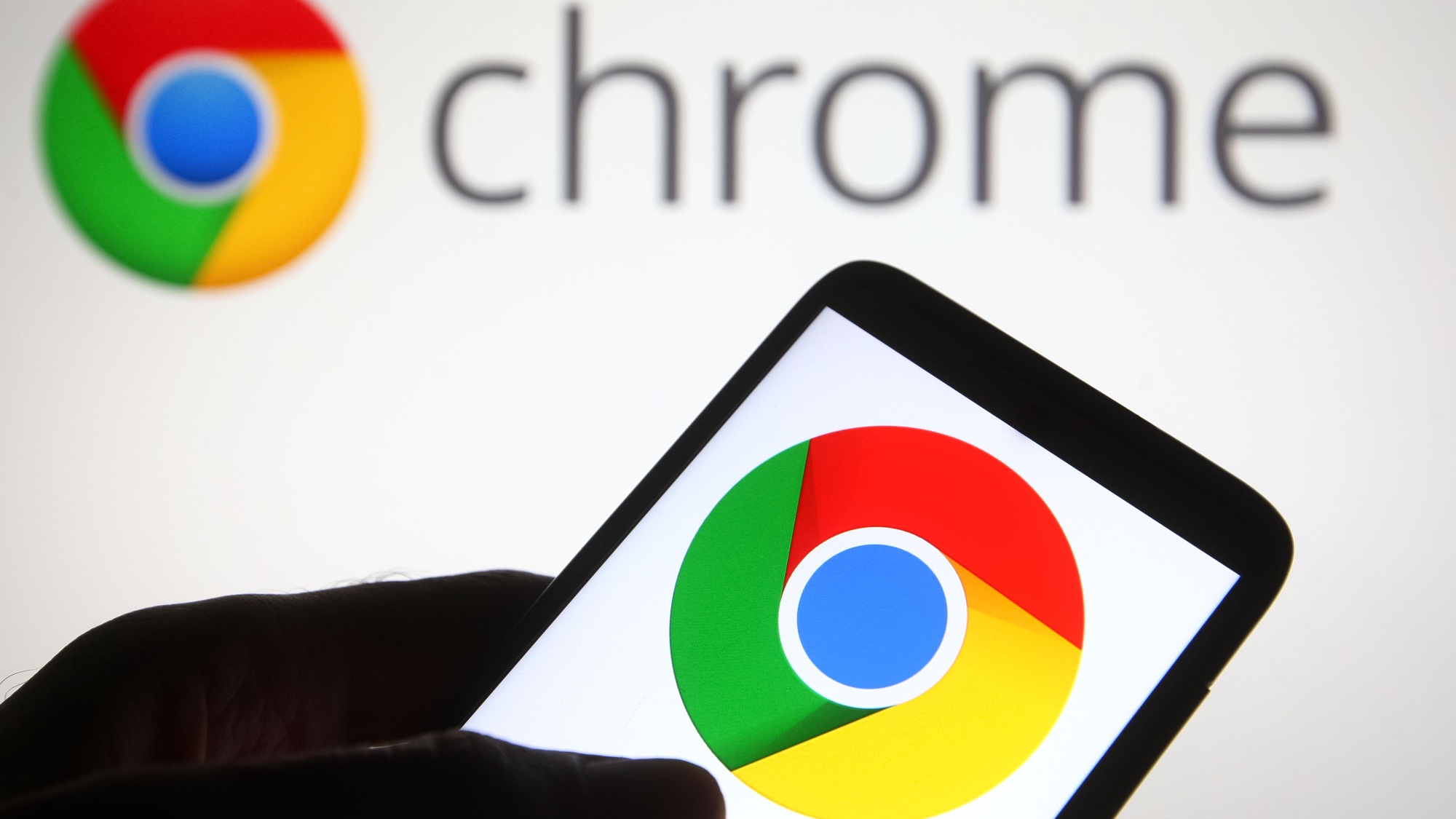Samsung Galaxy XR launches for $1,700 less than Apple Vision Pro — release date, price, specs and more
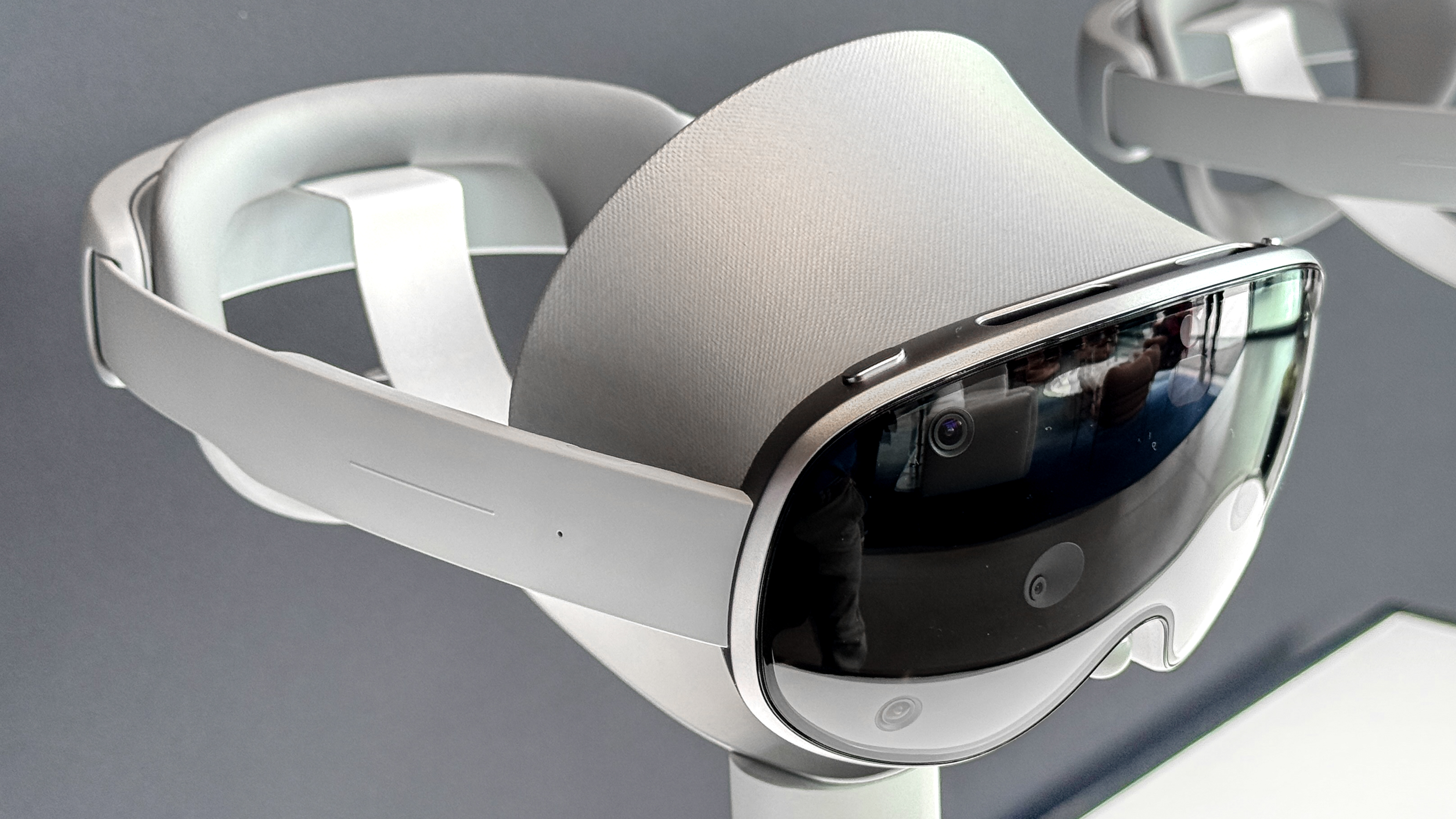
After months of teasers and previews, Samsung's Galaxy XR headset has finally arrived powered by Google's Android XR operating system. Built for headsets and smart glasses, Android XR combines Google's AI assistant Gemini with apps and games.
Announced tonight (October 21) during an online launch event, the Galaxy XR bears a striking resemblance to the Apple Vision Pro headset it's looking to challenge. And Samsung's device could have Apple beat in one key area, as the Galaxy XR is substantially less expensive, even if it still commands a four-figure price tag.
Powered by Qualcomm silicon, the Galaxy XR figures to stand out with with its Android XR software, featuring XR optimized versions of Google Maps, YouTube and Google Meet, alongside VR games and XR "experiences" from Adobe, Fox Sports and MLB. The platform also features Gemini Live, which Google says will "understand what you're seeing and doing" in order to help you search or take actions in your apps via natural language conversations. As a result, Galaxy XR can be controlled via your voice, hands and eyes.
We've got a hands-on look at Galaxy XR if you want to read Mark Spoonauer's first impressions of the device. But here's what else you need to know about this Samsung headset and the software that powers it.
Availability and price
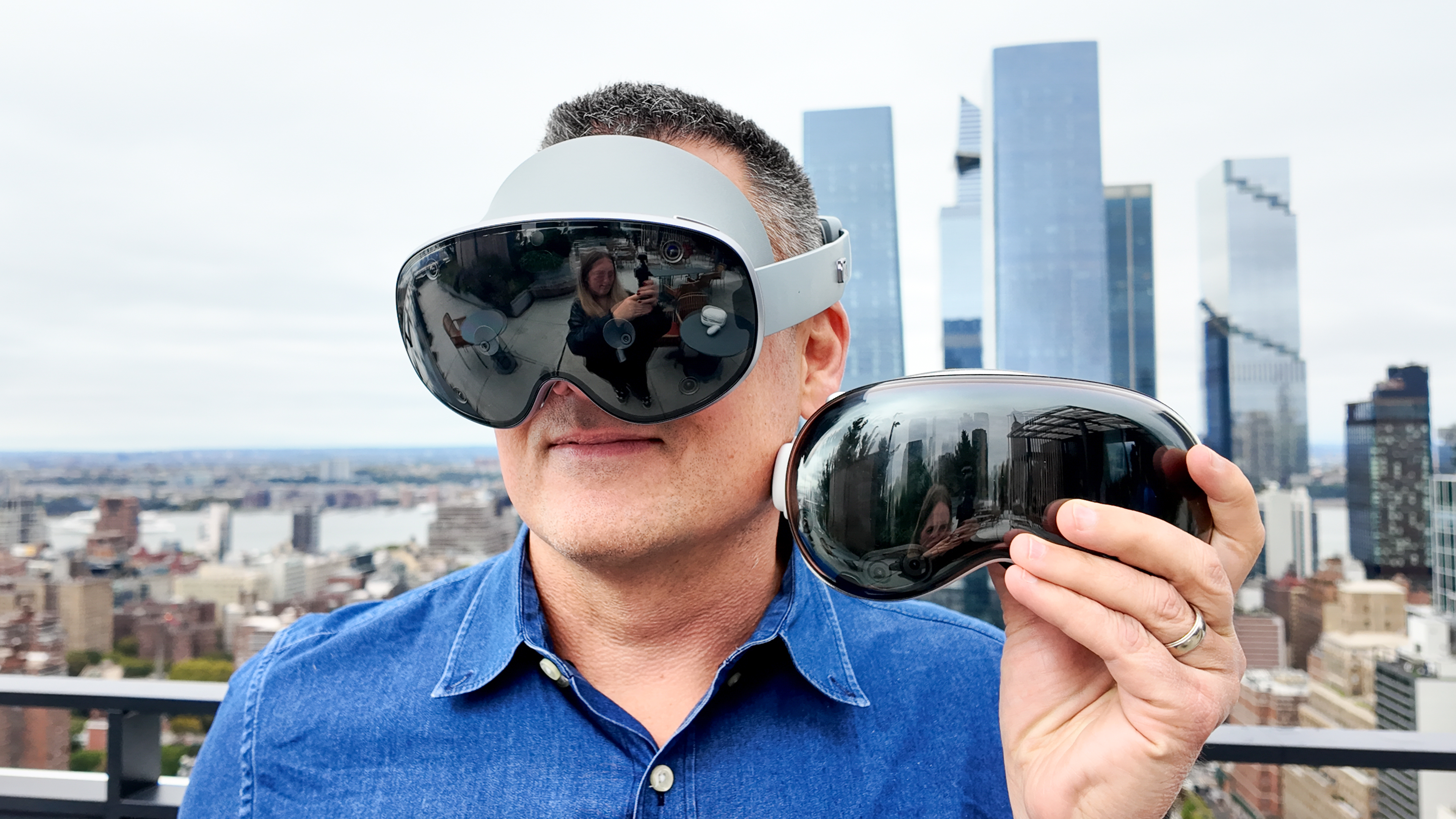
The Galaxy XR headset is available starting today for $1,799 or $149 a month. Right now, the Samsung Galaxy XR can only be bought from Samsung.com or at Samsung Experience stores in the United States and South Korea.
Additionally, Google is releasing a limited-time Explorer Pack that includes several media and AI subscriptions:
- 12 months of Google AI Pro, YouTube Premium, and Google Play Pass.
- A $1 per month trial of YouTube TV for 3 months in the US, or 6 months of TVING Premium in Korea.
- Access to the 2025-2026 season of NBA League Pass in the US, or 12 months of the Coupang Play Sports Pass in Korea.
- Access to Status Pro’s NFL PRO ERA, Project Pulsar from Adobe, Asteroid, and Calm.
Galaxy XR hardware
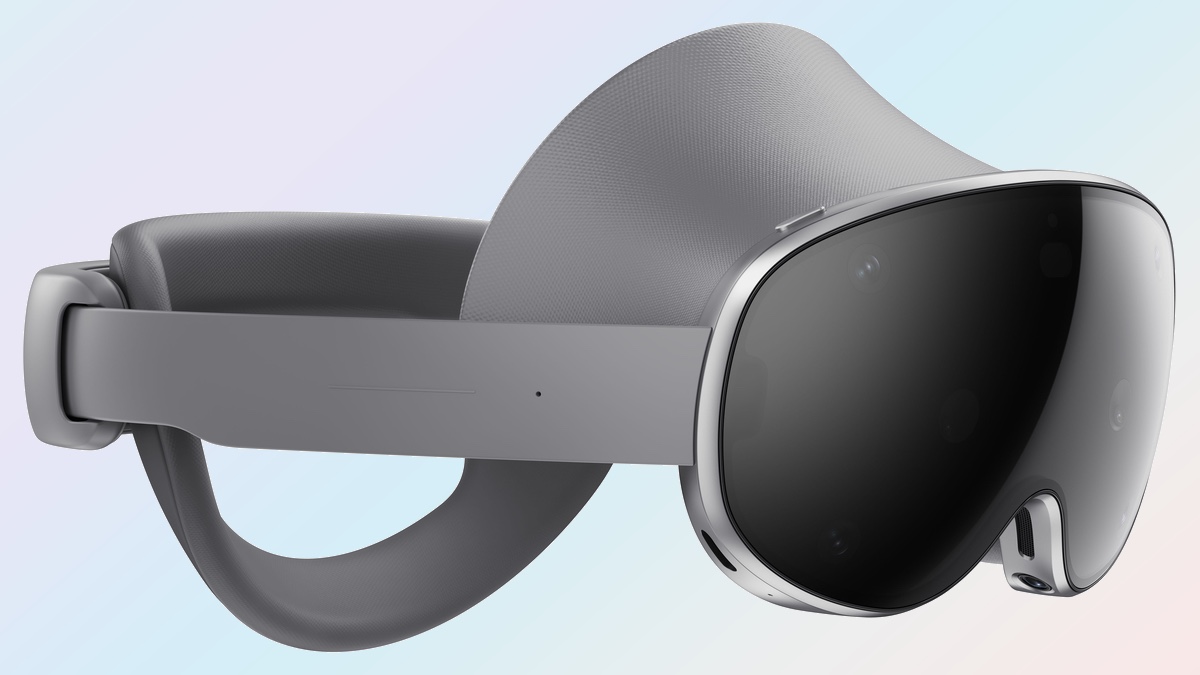
Like the Vision Pro, the Galaxy XR is a headset with a ski mask like design that slips over your face. There's a passthrough mode that lets you see the real world around you, but you can also opt for the more immersive view where apps float in front of you.
Get instant access to breaking news, the hottest reviews, great deals and helpful tips.
Samsung is promising a lightweight design, with the Galaxy XR tipping the scales at 545 grams, a measurement that includes a forehead cushion. For context, the latest version of the Vision Pro weighs between 750 and 800 grams, depending if you're using a light seal. Samsung claims the frame distributes pressure across the forehead and the back of your head, and it's separated out the battery to keep things lighter.
A Snapdragon XR Plus Gen 2 chipset from Qualcomm powers the headset, which features a 3,552 x 3,840 microLED display that supports refresh rates of up to 90Hz. You have a 109-degree horizontal field of view and a 100-degree vertical field of view.
The battery should last you two hours for general use, according to Samsung's figures. That expands to 2.5 hours when watching videos. And you can keep using the headset as you charge the battery.
Galaxy XR software
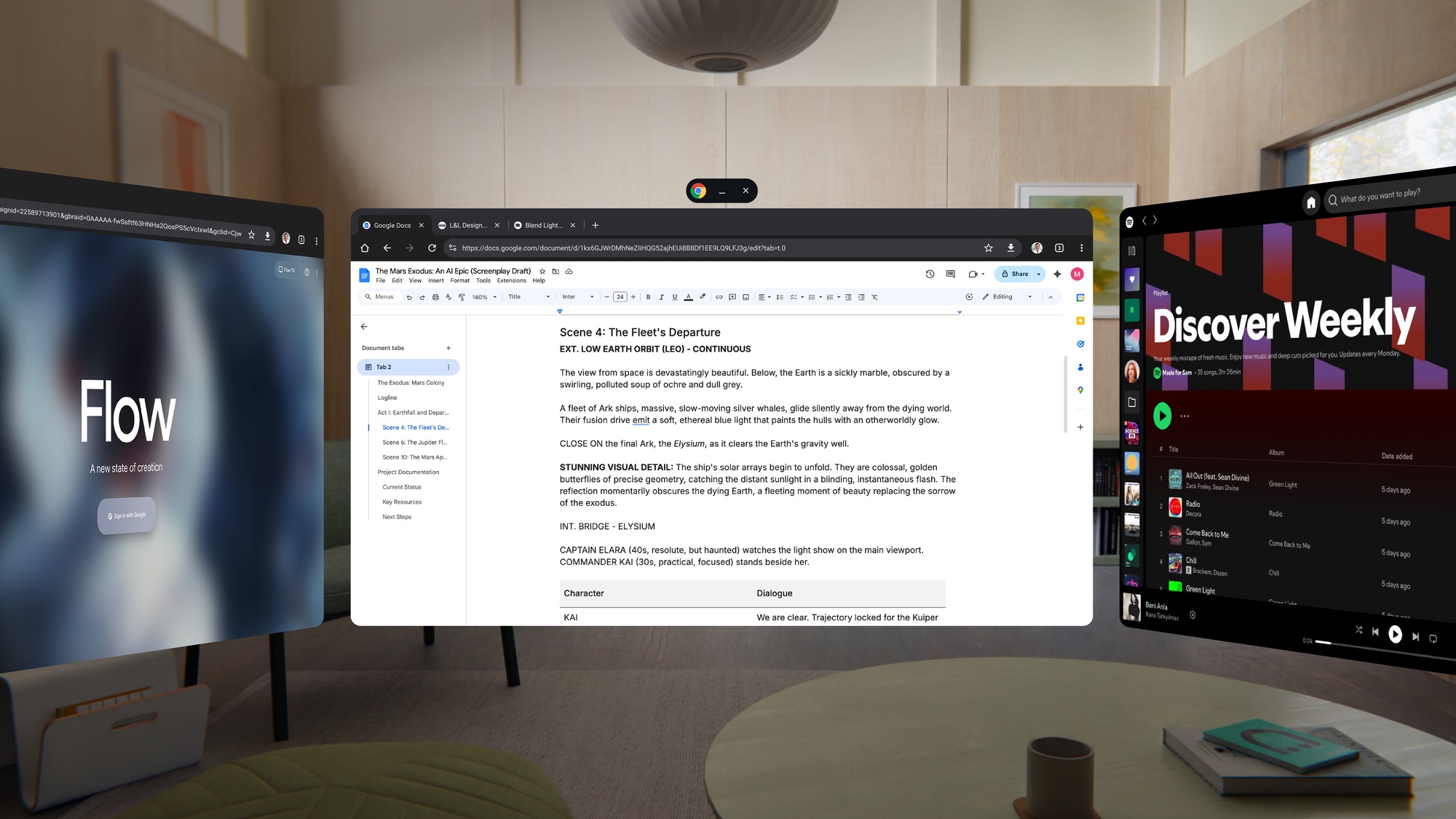
Samsung and its partners such as Google clearly are banking on the Android XR experience to set the Galaxy XR headset apart from what's currently out there. That means XR-optimized versions of apps.
For example, Google Maps features immersive 3D maps that you can view in a virtual space, with Gemini offering navigation features and suggestions. When passthrough mode is enabled, you can use the same Circle to Search feature found on Android phones to look up more information on real-world objects by drawing a circle with your hand. Google Photos features support for spatial photos and videos on the Galaxy XR.
If you want to use the Galaxy XR for work, Google says you can have multiple apps open like a browser, documents and a music player at any size that are arrangeable around a "massive, private space."
For example, you can arrange your Chrome tabs in an arc. There are new apps like Adobe's video editor Project Pulsar and TopHatch's Concept sketching app.
You can pair a keyboard and mouse or link your PC for a desktop experience. If things get too cluttered in the space you can ask Gemini to organize the windows.
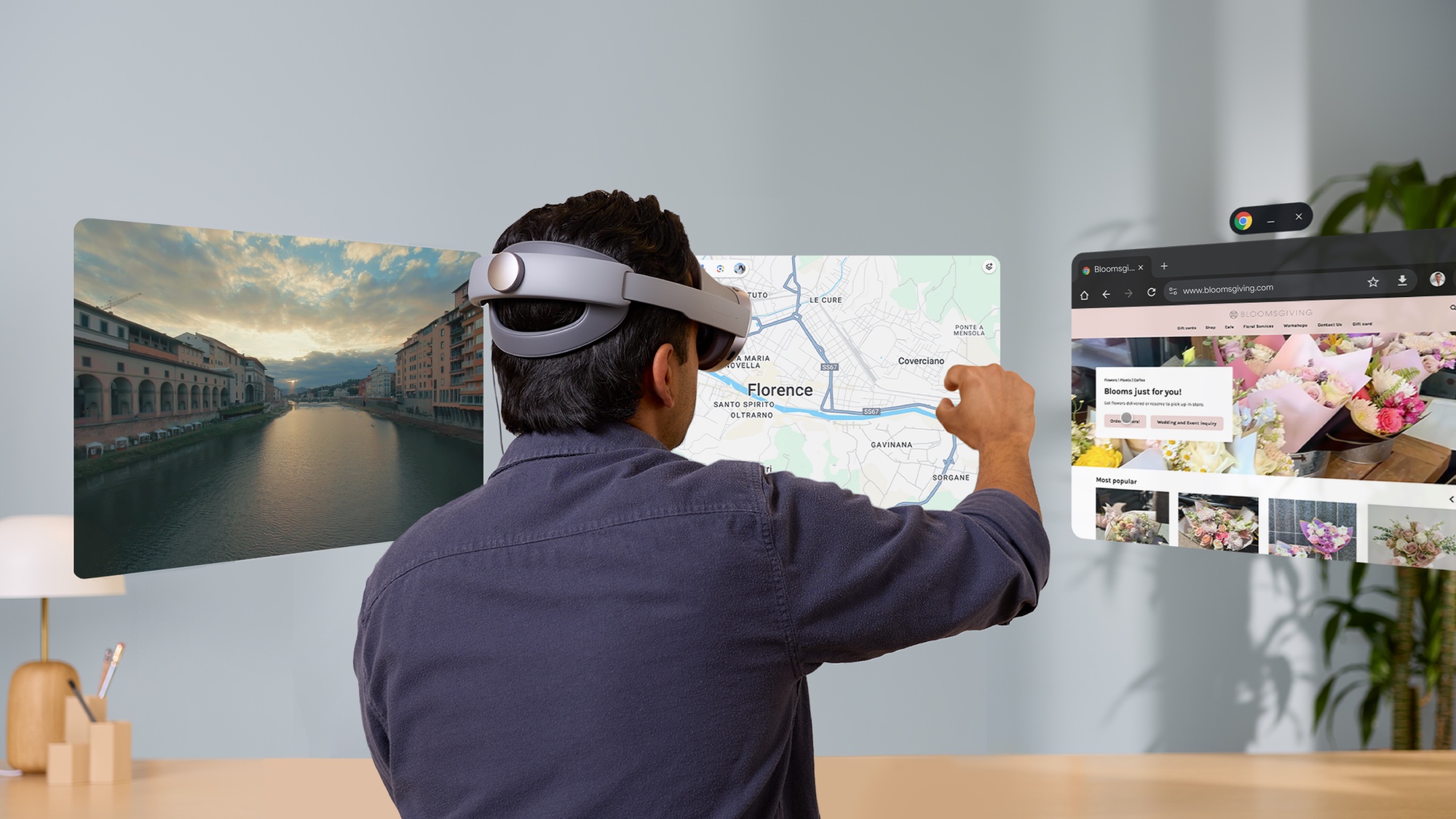
Galaxy XR also features to be a popular device for looking at videos and photos. Via YouTube you'll be able to watch a number of spatial videos in both 180 and 360-degree VR content. There is also a new spatial tab for media that YouTube creators have converted to 3D. Additionally, you can watch movies on a massive, resizable screen in Google TV.
Within Google Photos, you can convert 2D images and videos into 3D.
From there, you can use Gemini to pull up information like player stats from sports highlights. "Gemini understands what you’re seeing and gets you the info in real time," Google claims in its Android XR announcement accompanying the Galaxy XR launch.
Follow Tom's Guide on Google News and add us as a preferred source to get our up-to-date news, analysis, and reviews in your feeds. Make sure to click the Follow button!
More from Tom's Guide
- OnePlus 15 revealed to have an enormous battery that exceeds both Samsung and Apple — here's what we know
- Samsung Galaxy S26 Ultra may not get a Snapdragon chip — here's what we know
- I use Google Maps every time I drive, even if I know where I'm going — here's why

Scott Younker is the West Coast Reporter at Tom’s Guide. He covers all the lastest tech news. He’s been involved in tech since 2011 at various outlets and is on an ongoing hunt to build the easiest to use home media system. When not writing about the latest devices, you are more than welcome to discuss board games or disc golf with him. He also handles all the Connections coverage on Tom's Guide and has been playing the addictive NYT game since it released.
You must confirm your public display name before commenting
Please logout and then login again, you will then be prompted to enter your display name.

